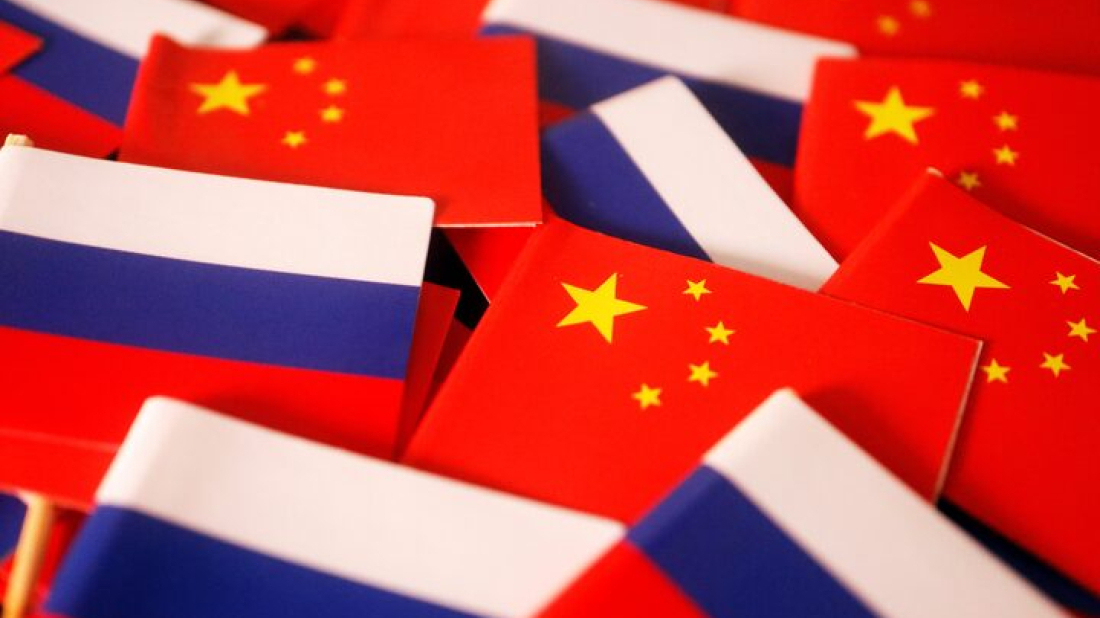U.S. Supreme Court rejects Trump's military deployment in Chicago area, for now
The U.S. Supreme Court blocked Donald Trump's attempt to send National Guard troops to the Chicago area, amid concerns that the Republican president i...

In a historic first, China has deployed a Kilo-class submarine to dock in Vladivostok as part of the ongoing 'Joint Sea-2025' naval exercises with Russia. The move marks a deepening of military ties between the two nations and highlights their growing alignment amid heightened global tensions.
The diesel-electric submarine, known for its stealth and versatility, is joining Russian naval forces in a series of coordinated drills in the Sea of Japan and surrounding waters. This is the first time a Chinese submarine has physically participated in Russian-hosted exercises, indicating a new level of strategic trust and underwater warfare coordination between the two militaries.
'Joint Sea-2025' builds on more than a decade of annual China-Russia maritime drills, but this year’s iteration is notably more complex and wide-ranging. The exercises include joint anti-submarine warfare, search-and-rescue operations, coordinated missile strikes, and simulated sea control missions. The expanded scope comes amid intensifying friction between both countries and the West, with Moscow and Beijing positioning their military partnership as a counterbalance to U.S.-led alliances in the Indo-Pacific.
Last month, China and Russia also conducted joint aerial patrols over the East China Sea and Sea of Japan, triggering protest flights from Japanese and South Korean fighter jets. Earlier in the year, their navies held a surprise patrol near Alaska’s Aleutian Islands, prompting a response from the U.S. Navy.
Experts believe the submarine deployment to Vladivostok carries strategic weight and that it reflects a growing operational integration that goes beyond surface-level cooperation and into the traditionally guarded domain of undersea warfare. As China and Russia continue to stage increasingly sophisticated exercises, their military partnership is reshaping regional security calculations from Northeast Asia to the Arctic.
Vince Zampella, co-creator of the Call of Duty gaming franchise, has died in a car crash involving a Ferrari crash on Monday in Los Angeles, United States.
Israeli Prime Minister Benjamin Netanyahu said Israel is monitoring recent Iranian military exercises and will raise the issue with U.S. President Donald Trump during his visit to Washington next week.
Paramount has reaffirmed its bid to acquire Warner Bros. Discovery, offering $30 per share in cash and backing the proposal with a $40.4 billion personal equity guarantee from billionaire Larry Ellison, despite the target company’s board urging shareholders to reject the offer.
U.S. President Donald Trump has approved plans to construct a new class of battleships, which he described as larger, faster and significantly more powerful than any previous U.S. warship.
As the European Commission warns of possible visa suspension, Georgian authorities reject accusations of democratic backsliding. What is really at stake — and who could be affected most?
The U.S. Supreme Court blocked Donald Trump's attempt to send National Guard troops to the Chicago area, amid concerns that the Republican president is using the military in Democratic-led regions to punish opponents and suppress dissent on Tuesday.
The United States and Iran traded barbs at the United Nations Security Council on Tuesday over conditions for reviving nuclear talks, with the U.S. saying it remains ready for direct negotiations and Iran rejecting Washington's terms.
A document making a crude reference to Donald Trump — purportedly written by convicted sex offender Jeffrey Epstein to Larry Nassar, who is serving a life sentence for abusing hundreds of girls — is fake, the U.S. Department of Justice said on Tuesday, hours after releasing it to the public.
Syria's foreign and defence ministers met Russian President Vladimir Putin in Moscow on Tuesday to discuss expanding military, political and economic cooperation, with a focus on strategic collaboration in defence industries, Syria's state news agency SANA reported.
An apparent gas explosion and fire caused major damage to a nursing home outside Philadelphia on Tuesday, sending emergency crews to conduct search-and-rescue operations, according to officials and local media reports.
You can download the AnewZ application from Play Store and the App Store.

What is your opinion on this topic?
Leave the first comment